Takeo SatowGallery
1899 Born in Nagoya
Due to transfers of his father, who was a soldier, Takeo Satow moved around Japan a lot, from Sendai to Fushimi, Kyoto, and from Kyoto to Nagoya, in his childhood. He first entered Meirin Junior High School in Nagoya, then transferred to Asahikawa Junior High School in Hokkaido, and, finally, transferred again to Iwakuni Junior High School in Yamaguchi Prefecture. He graduated from Iwakuni Junior High School in 1917. Takeo Satow spent his most sensitive periods at Asahikawa and Iwakuni Junior High Schools, which are deeply connected with his later works.
1919Starts Preparatory Course of the Faculty of Science and Engineering, Waseda University
In early January, before he entered the course, Takeo Satow devoted himself to the book "Sekai no Kenchikuyoshiki (Architectural Styles of the World)" written by Ko Morita, which he found at a bookshop in Kagurazaka. From that point, Takeo Satow decided to become an architect, not a doctor as he had dreamt of before. The reason why he chose Waseda University is because he felt familiar with Koichi Sato, Shin'ichiro Okada, Tachu Naito, Kyoji Yoshida and Wajiro Kon, all of whom were teaching at Waseda, and who wrote for magazines such as "Kenchiku Hyoron" (Critique of Architecture) and "Kenchiku Sekai" (World of Architecture), which Takeo Satow would often read.
1924
- Graduates from Department of Architecture, Faculty of Science and Engineering, Waseda University
- Inaugurated as Assistant Professor at Waseda University
- Serves as lecturer at Waseda Koshu Gakko (currently Art and Architecture School, Waseda University);
- Worked for Koichi Sato Office as part-time staff (until 1932)
Professor Koichi Sato highly valued Takeo Satow's capability as a designer, and he told Takeo to become Assistant Professor at his alma mater upon graduation. For the project of building an auditorium to commemorate the founder of the university, Shigenobu Okuma, who passed away in 1922, Professor Koichi Sato appointed Takeo as the de facto designer. In parallel with research of the history of theatre, Takeo aspired to study scientific acoustics, which did not exist at the time.
1926
Publishes his first research paper on the theme of acoustics in "Waseda Kenchiku Gakuho (Waseda Journal of Architecture)", entitled "Study on Acoustics at Takarazuka Grand Theater," co-authored with Professor Kenjiro Kurokawa (Department of Telecommunications); Carries out research and finds out how flutter echo (or whining dragon) happens
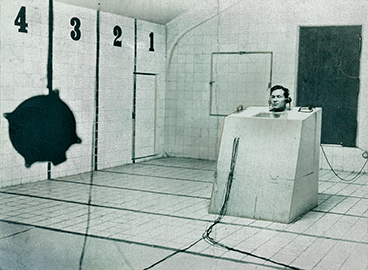 Takeo Satow measuring reverberation, putting himself in the equipment that he invented.
Takeo Satow measuring reverberation, putting himself in the equipment that he invented.
1929 Serves as Lecturer at Waseda Koto-Kogakko
1930 Appointed Fellow by Acoustical Society of America
- Serves as Professor of Japan Women's University
- Participates in foundation of Acoustical Society of Japan
1935 Granted Doctor's degree by Waseda University upon completion of paper: "Study on Acoustical Design at an Auditorium"
1937 Receives Academic Award Prize of Architectural Institute of Japan for research on sound insulation solutions
1938 Inaugurated as Professor of Waseda University
1941 Serves as Trustee, Architectural Institute of Japan (until 1942)
1942 Serves as Member of the 39th Subcommittee, Japan Society for the Promotion of Science (until 1945)
1945 Serves as Trustee, Waseda University (until 1949)
The last mid-war construction, "Iwakuni Chokokan Museum," was completed three months before the end of the war. After the end of the war, graduates were demobilised and sent home from Mainland China, and Takeo Satow started working at home, in Fushimi, in order to look after his former students. This became the starting point of Takeo Satow Architect & Associates.
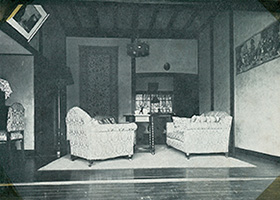 Satow's residence in Higashifushimi (the place is now called Nishi Tokyo City, Tokyo)
Satow's residence in Higashifushimi (the place is now called Nishi Tokyo City, Tokyo)
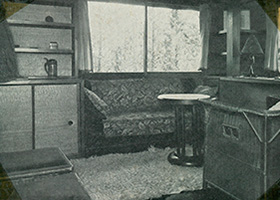
1946 Serves as Secretary of Architectural Institute of Japan (until 1935)
1947 Serves as Director, Japan Professional Architects Association (until 1949)
1949 warded Motion Picture Engineering Prize by Motion Picture Engineering Society for Establishment of Acoustic Theories
- Serves as Member of Council for Architecture Planning, Ministry of Education, Science and Culture (until 1953)
1950 Founds a limited partnership Takeo Satow Architect & Associates
1951 Steps down as Professor of Waseda University
- Participates in reconstruction of Kintaikyo Bridge as Advisor to Iwakuni City (until 1953)
- Serves as Advisor to Maebashi City College of Technology
- Serves as Lecturer of Waseda University
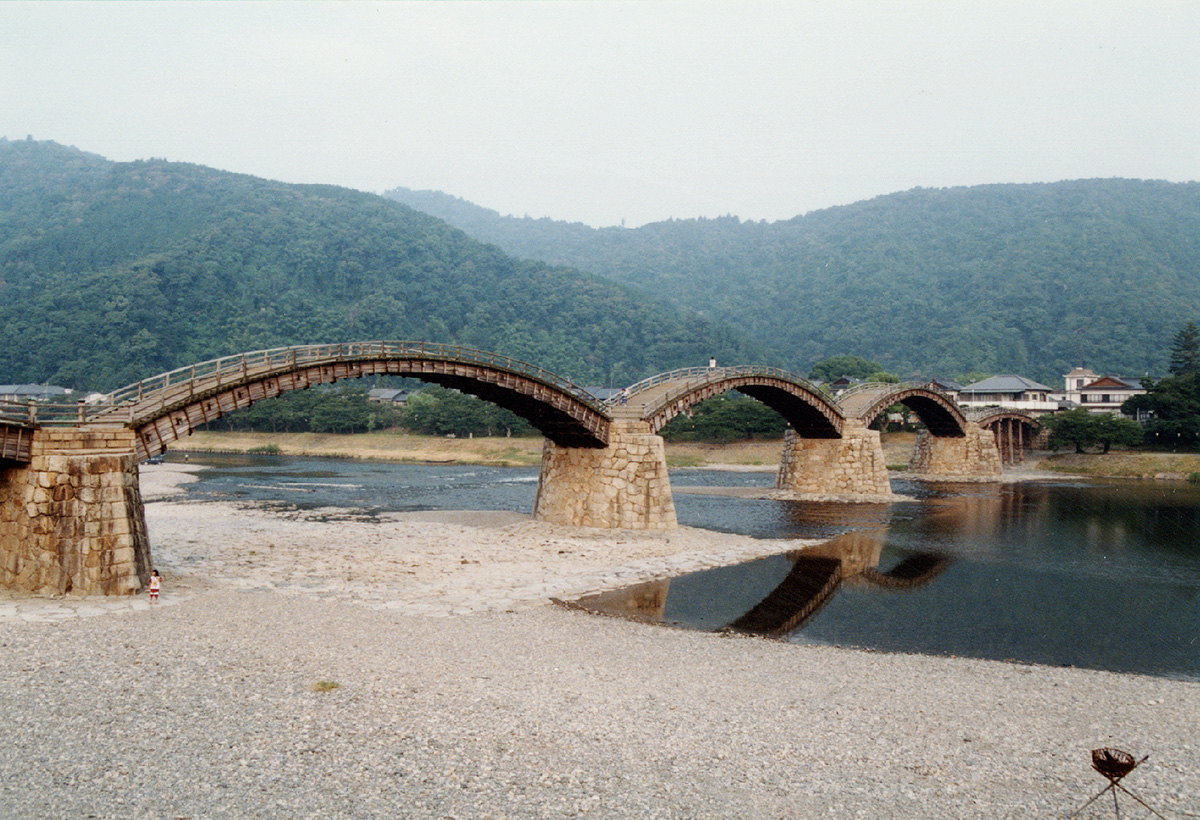 Kintaikyo Bridge, rebuilt
Kintaikyo Bridge, rebuilt
1952
- Visits Europe as an architect delegate to attend UNESCO International Conference of Artists
- Serves as Director, Japan Professional Architects Association (until 1954)
- Serves as Director, Tokyo Society of Architects & Building Engineers (until 1954)
Takeo Satow visited many places in Europe and the Middle East during the two months while attending the UNESCO International Conference of Artists. Travelogue at the time is included in the collection of essays "Baramado" (Rose Window).
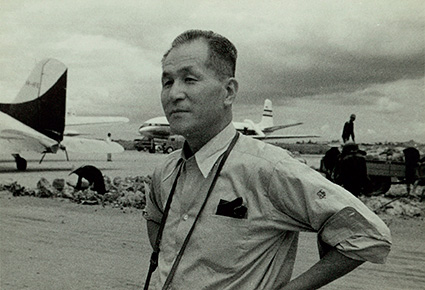 At the airport, participating the UNESCO International Conference of Artists
At the airport, participating the UNESCO International Conference of Artists
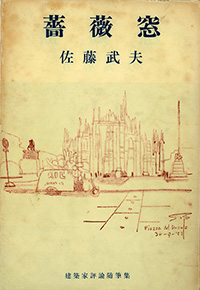
1954 Founds Takeo Satow Architect & Associates, Inc.
- Serves as member of Examination Committee for Senior Registered Architects, Ministry of Construction
- Serves as Director, Japan Federation of Architects & Building Engineers Associations (until 1956)
1957 Serves as President, Architectural Institute of Japan (until 1959)
- Serves as Chairman, Central Examination Committee for Architects, Ministry of Construction (until 1959)
- Serves as member of Council for Housing Policy, Ministry of Construction (until 1959)
Takeo Satow assumed the presidential position at the Architectural Institute of Japan, a first for a graduate of a private university. While in this position, he contributed to organisational reform, in order to make clear its nature, including a major revision of the memorandum of association.
1958
- Serves as member of Coordinating Council on Government Buildings, Ministry of Finance
- Serves as Chairman, Public Relations Committee, Architectural Institute of Japan
1960 Awarded Architectural Institute of Japan Prize for Design for Asahikawa City Hall
- Recommended for International Honorary Fellowship of Royal Institute of British Architects
- Serves as Judges' Panel President in a design competition for Fukuoka Prefecture Cultural Center
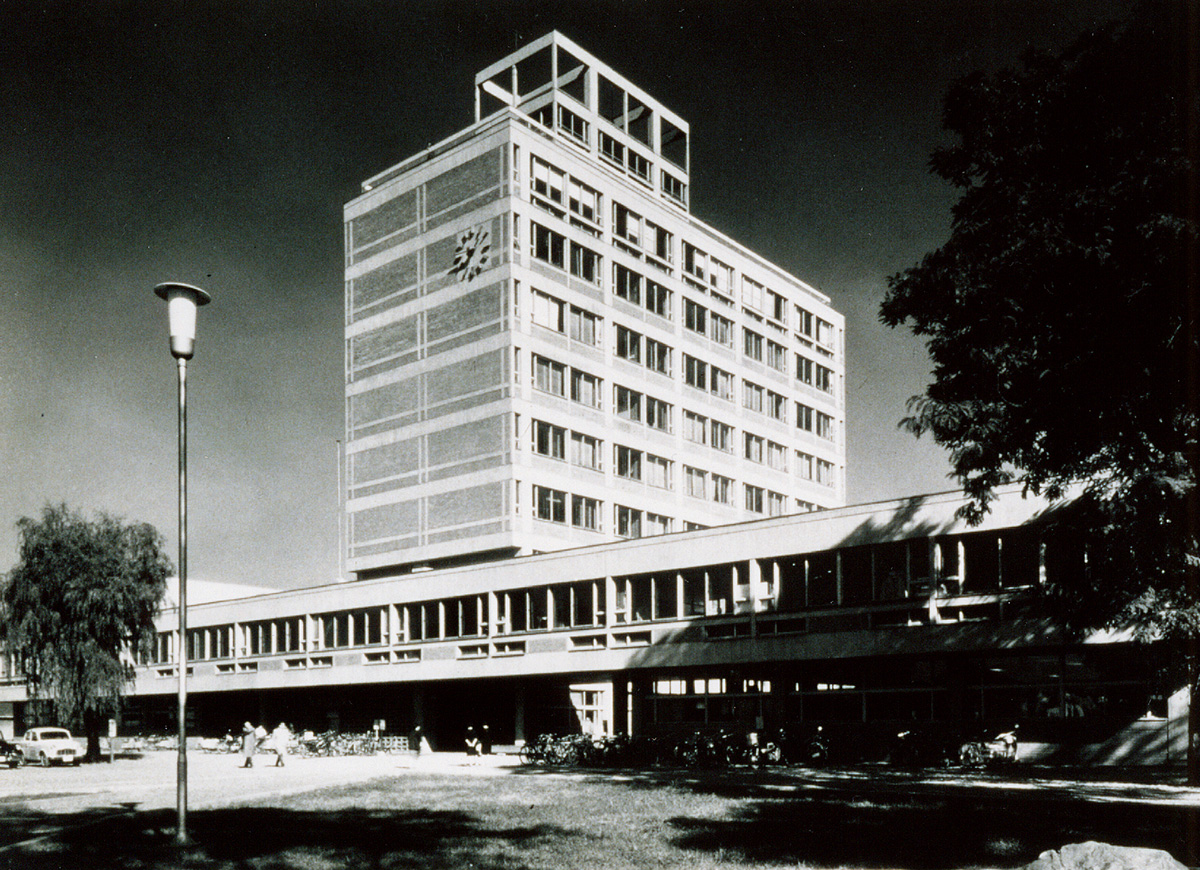 Asahikawa City Hall
Asahikawa City Hall
1961 Serves as Director, Japan Institute of Architects (until 1963)
1962 Wins Nikkei Architecture Award for Niigata City Hall
- Serves as a judge in design competition for Nerima City Hall
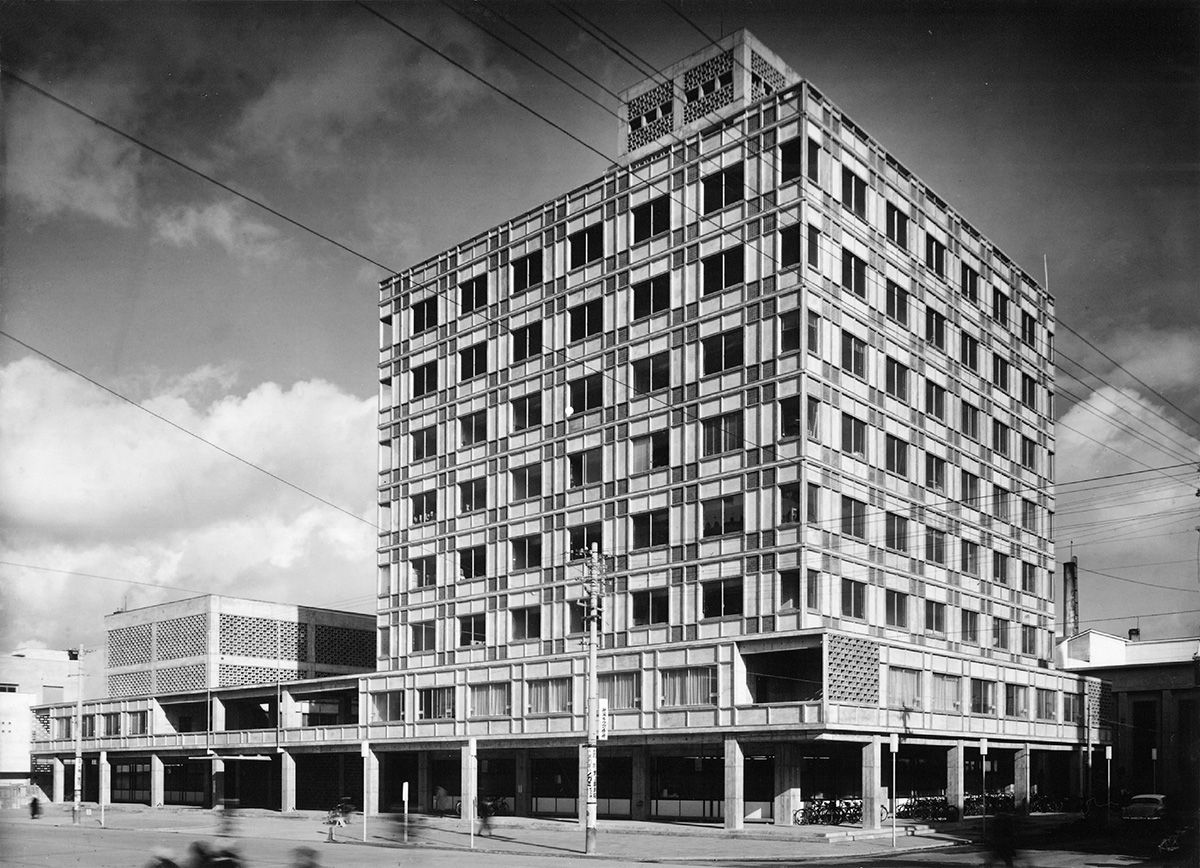 Niigata City Hall
Niigata City Hall
1963
Receives the Medal with Yellow Ribbon
Wins Building Industry Association Award for Nagano Citizens Hall
- Serves as a judge in design competition for Kyoto International Conference Center
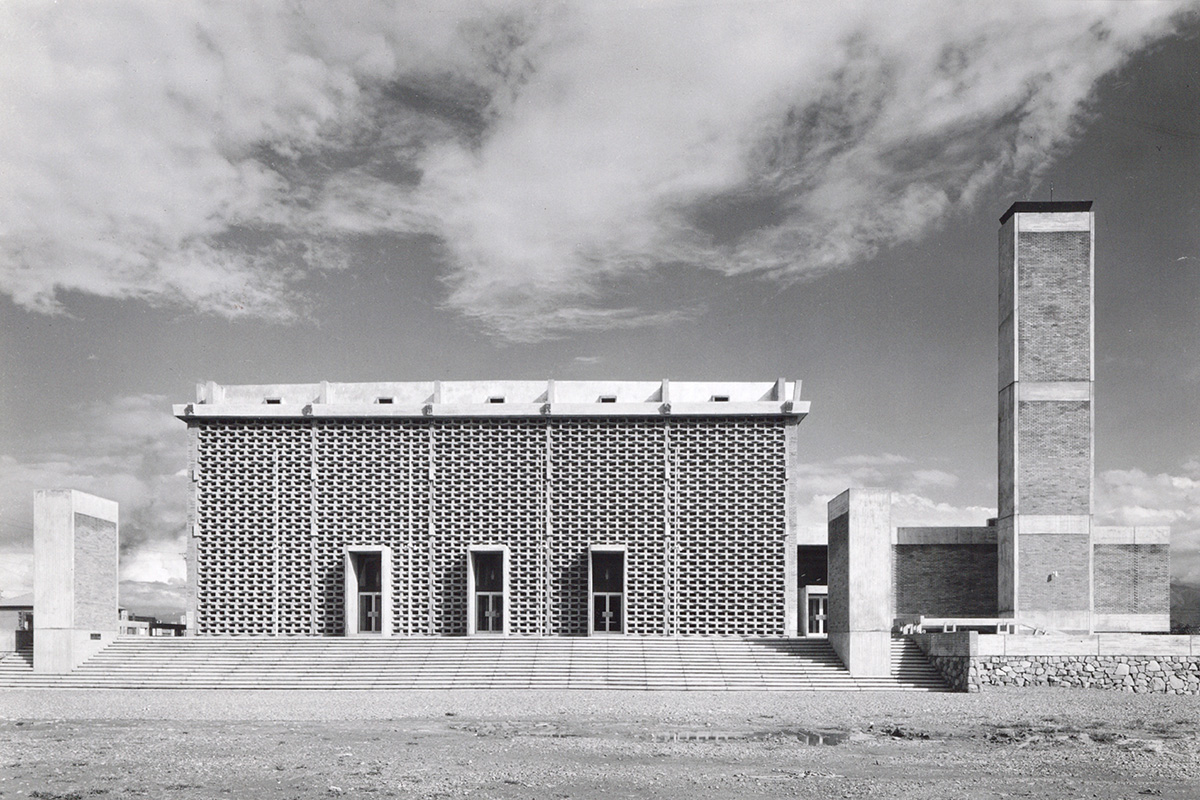 Nagano Citizens Hall
Nagano Citizens Hall
1964
- Recommended for Honorary Member of Architectural Institute of Japan
- Serves as member of Tochigi Prefecture Council for Important Cultural Properties Honchido Management, and works in restoration of flutter echo.
1966 Wins Building Industry Association Award for Fukuoka Prefectural Cultural Hall (currently Fukuoka Prefectural Museum of Art)
- Serves as member of Building Council, Ministry of Construction
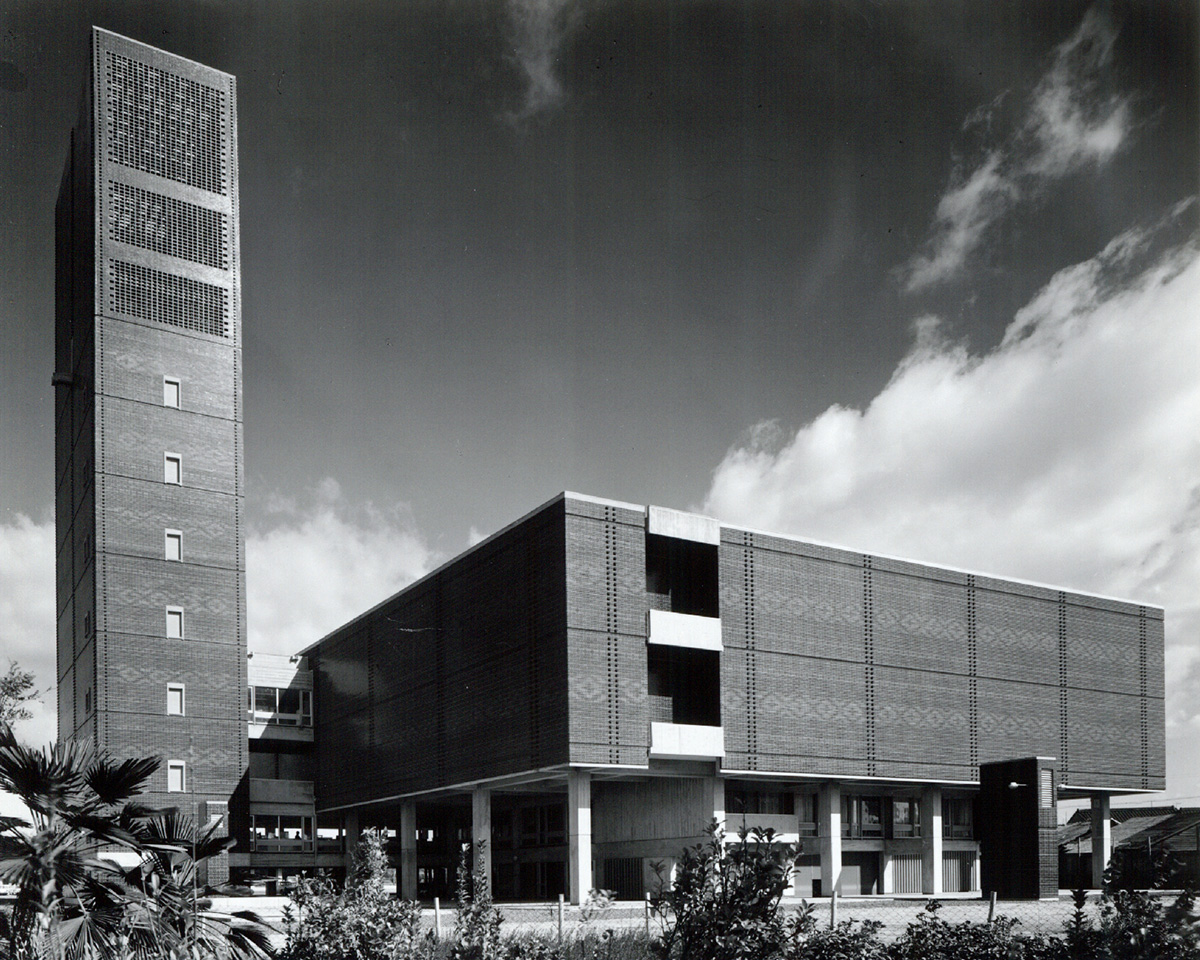 Fukuoka Prefectural Cultural Hall (currently Fukuoka Prefectural Museum of Art)
Fukuoka Prefectural Cultural Hall (currently Fukuoka Prefectural Museum of Art)
1967 Awarded the Japan Art Academy Prize for Longstanding Achievement
- Serves as advisory board member, NHK Broadcast Culture Center
 At the Award of the Japan Art Academy. The third from the left of the front row is Takeo Satow.
At the Award of the Japan Art Academy. The third from the left of the front row is Takeo Satow.
1969 Decorated with Order of the Sacred Treasure, Gold Rays with Neck Ribbon
- Contributes to foundation of Japan Association Of Artists Craftsman & Architects and becomes advisor
- Contributes to foundation of Theatre and Entertainment Technology Association as a founder, and appointed the first president
- Recommended for special member of Nagano Prefectural Institute of Architects
- Serves as Chairman, Committee for Comprehensive Construction of NHK Broadcasting Center in Yoyogi
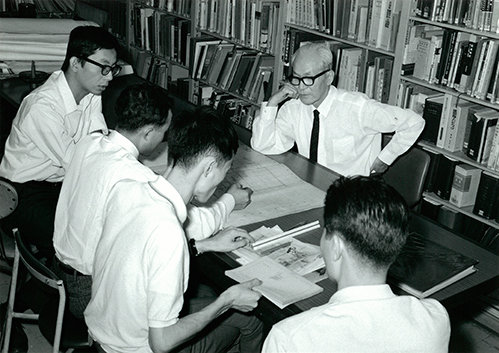 Instructing younger architects, in the office in Minamiaoyama
Instructing younger architects, in the office in Minamiaoyama
1972 Passed away at St. Luke's International Hospital in Tsukiji on 11 April
- Nominated for honorary member of The American Institute of Architects
- Bestowed Junior Fourth Court Rank by a special envoy and a silver cup was presented by Emperor
- Wins Building Industry Association Award for Johnan Shinkin Bank Head Office and Historical Museum of Hokkaido
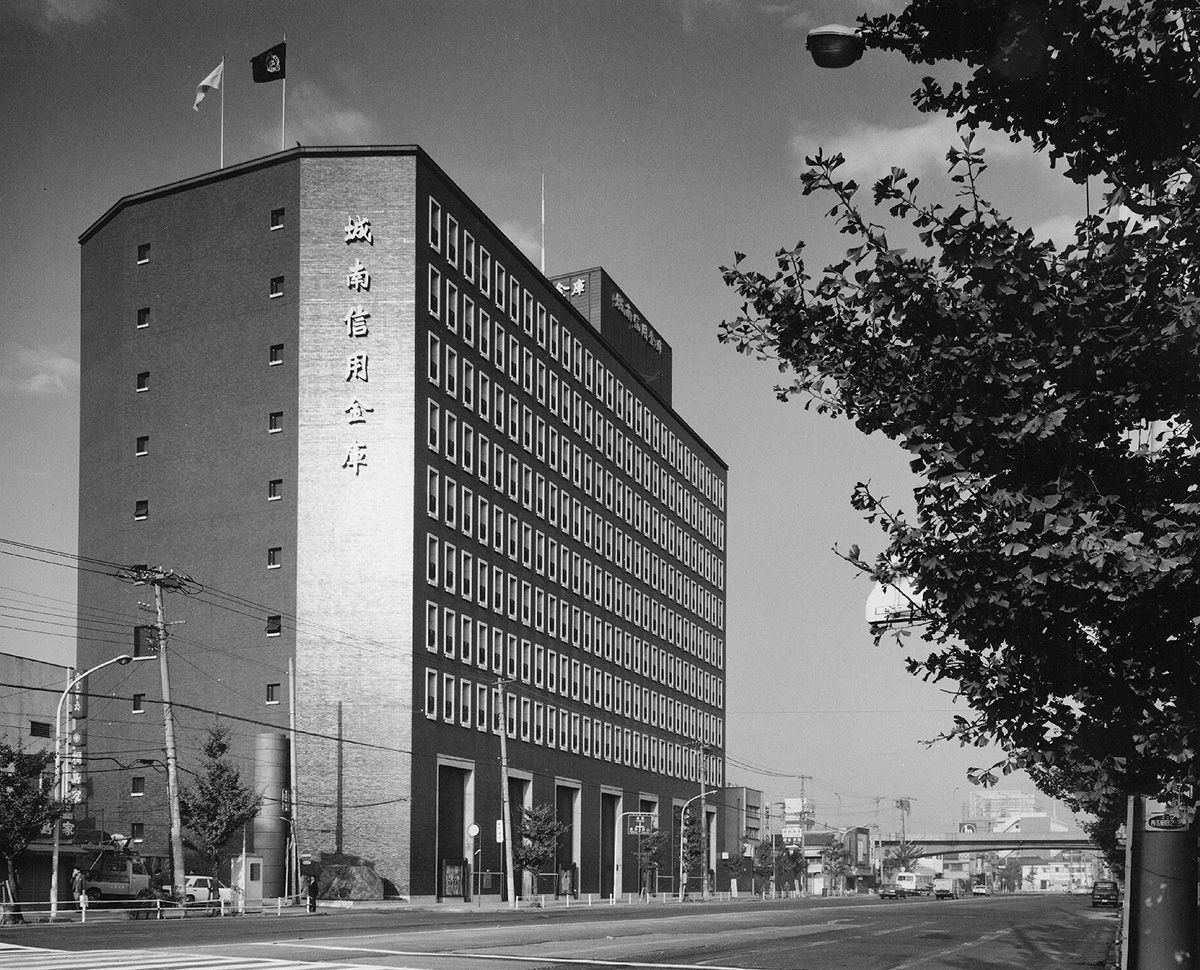 Johnan Shinkin Bank Head Office
Johnan Shinkin Bank Head Office
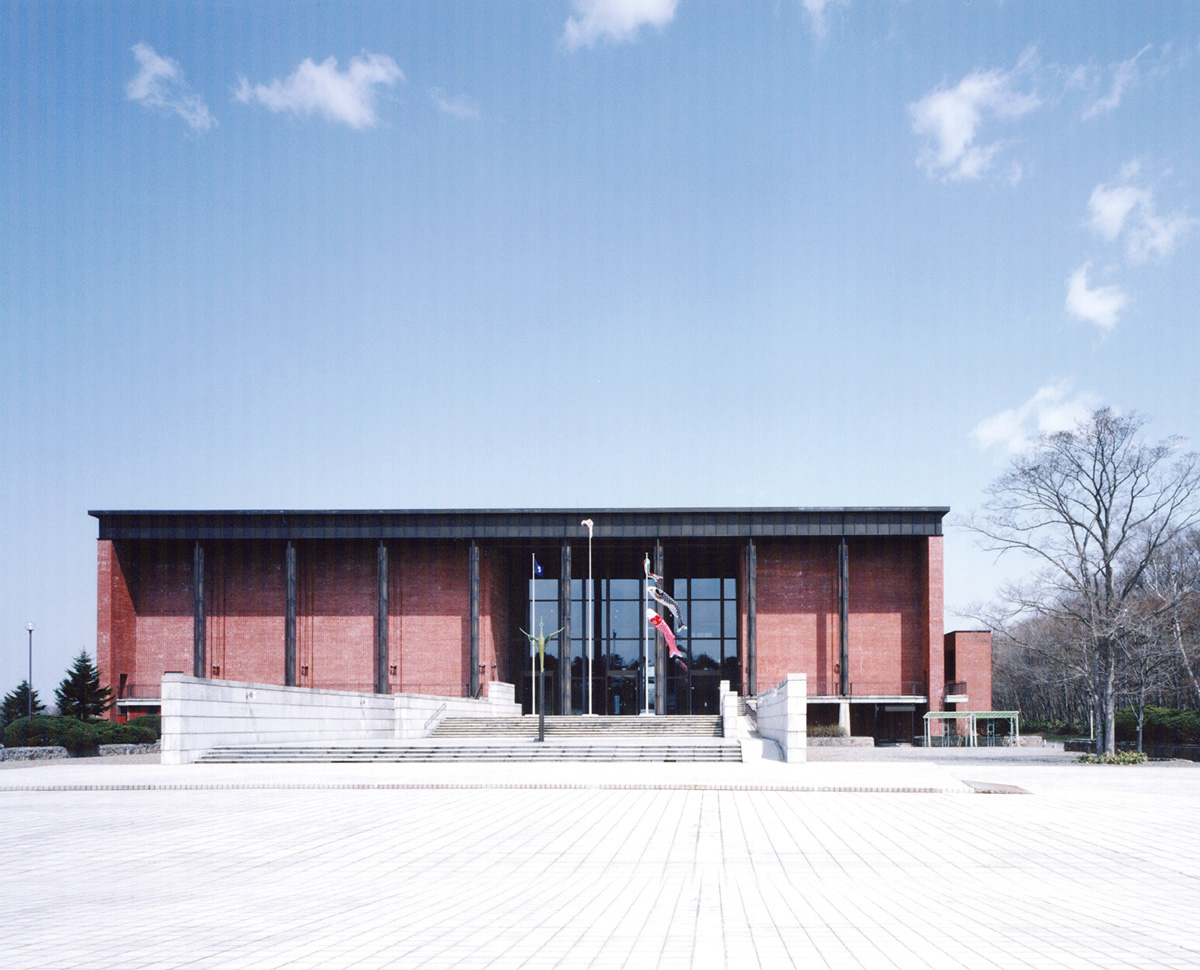 Historical Museum of Hokkaido
Historical Museum of Hokkaido


